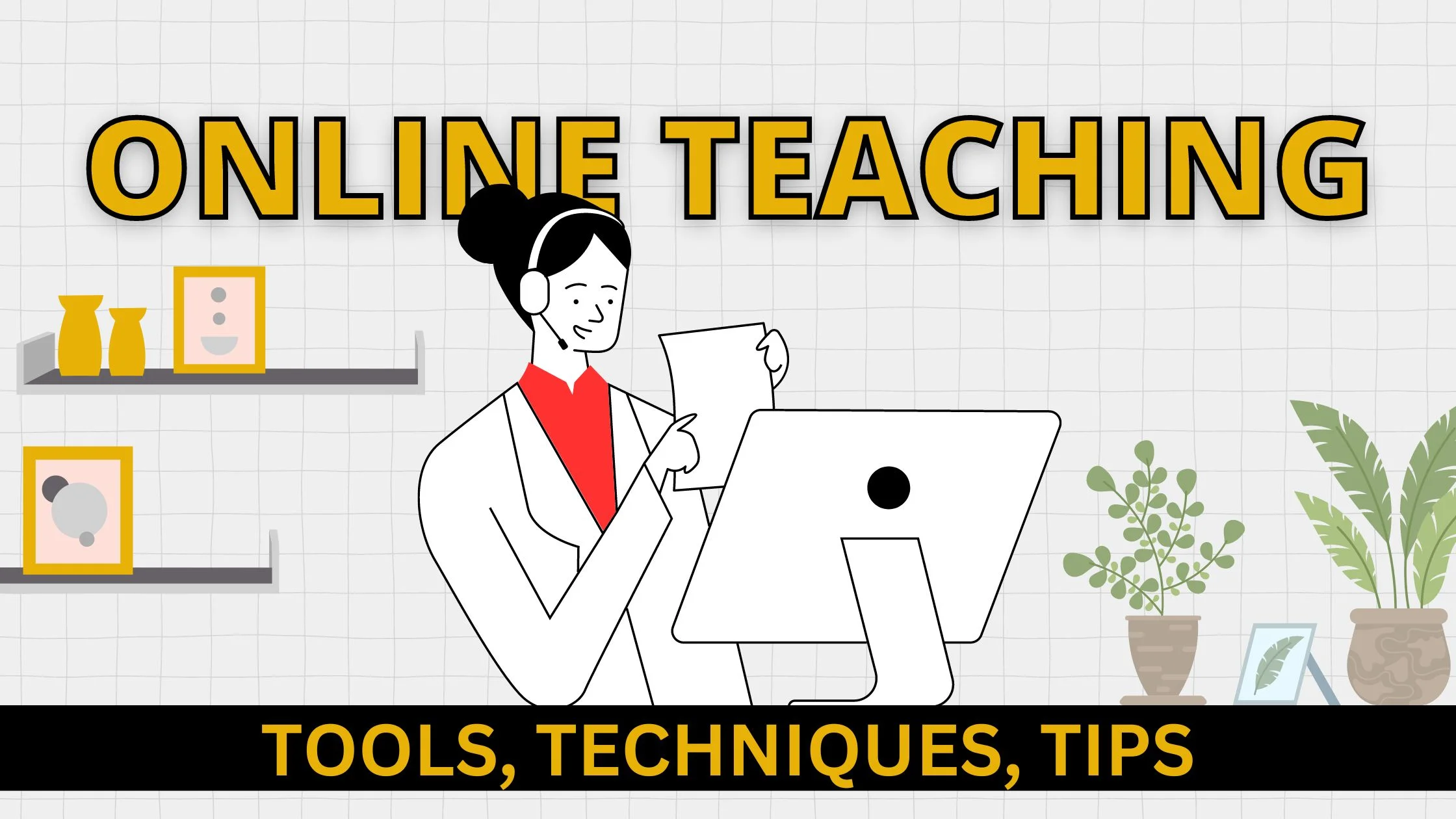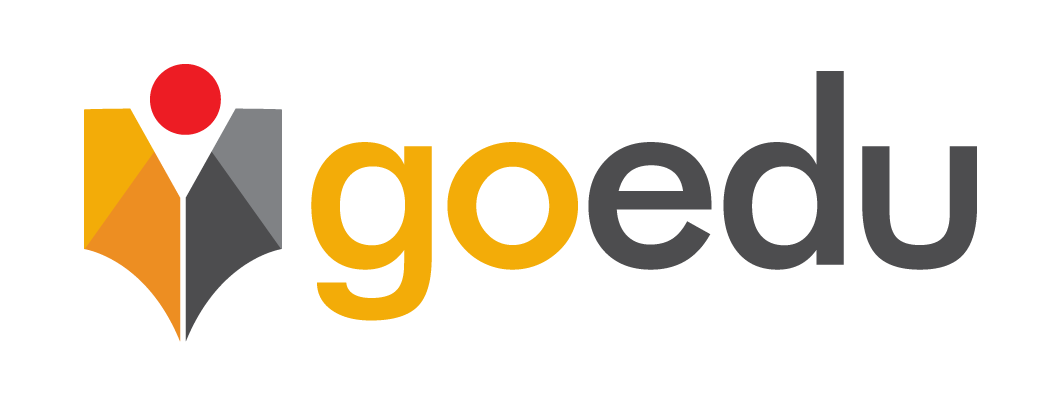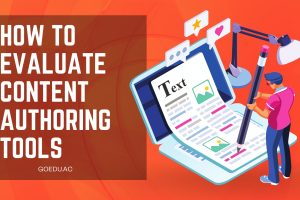
Online Teaching: Tools, Techniques, and Tips
Transitioning from traditional classrooms to digital platforms has taught me that combining traditional teaching methods with modern digital tools can significantly enrich my teaching experience and my students’ learning journey. In this blog post I will highlight on some online teaching tools, techniques and tips that will help you strategically and effectively prepare your very own online courses.
I’m Abid. I have been teaching online since 2020 during the COVID-19. My journey as an educator has been full of learning and adaptation, especially as I’ve experimented with online teaching. I have trained more than 2500+ educators, and teachers from different positions to become self-sufficient in creating a best-selling online course.
Whether you’re just starting with online teaching or looking to fine-tune your online teaching pedagogy, let me share some strategies and tips that have helped me along the way.
Understanding Your Learners
Understanding your students is the foundation of effective teaching. Before they often made mistakes while they were creating an online course, they mostly thought from their expertise or point of view, but the priority was the Target experience. Even after thinking of the course title, your target audience identification will help you know how much information you are going to put in the course.
I have experience in content creation since 2015 when I started my journey at YouTube, but this experience was completely different. I remember my first online class—I quickly realized and did extensive research, and you won’t believe how crucial it was to know my students’ backgrounds, learning preferences, and unique challenges they faced online. This understanding allowed me to tailor my teaching methods, making each lesson more engaging and effective.
My first online course: C Programming Language: Getting Started – GoEdu (In Bengali language)
Engaging Content Delivery
In the online world, keeping students’ attention can be a challenge. It’s much tougher than the traditional classroom. In the class the teacher gets a chance to do different gestures to keep the attention of the learner but it’s not an easy job in online teaching, especially asynchronous teaching.

However, I found that keeping my sessions concise and focused was key. Limiting talk time to 3-7 minutes per video segment helped maintain engagement. Using high-resolution slides and getting familiar with platform tools like breakout rooms (if it’s synchronous learning/ blended learning) and interactive whiteboards made my lessons more interactive and visually appealing. In a research study it has been found that, it’s only 5-15 seconds of durations an online learner has, if the content is not interactive or engaging the brain will fluctuate and as the learner has a chance to do so many things online. So, the good practice is to make your content engaging, short but you can consider 10 minutes if the content is practical or a screen recording module.
Interactive Tools and Assessment
One of the things I love about online teaching is the variety of interactive tools available. Planning lecture content is now very easy especially after the innovation of ChatGPT from open AI, tools like Canva, Microsoft 365 that have great features to plan and design your interactive lecture content. And for the assessment incorporating polls, quizzes such as Kahoot, Edpuzzle, and forum discussion not only monitors understanding but also involves students actively in their learning process. Continuous assessment through these tools has allowed me to adjust my teaching in real time, ensuring that all students stay on track.
Building Teacher Presence
Maintaining a strong teacher presence online involves more than just delivering content. Showing yourself in the camera or simultaneously with the screen, it’s about fostering a connection with your students. Techniques like maintaining eye contact with the camera, using a professional background (plain uncluttered organized background/ green screen), and ensuring clear audio with microphone checks before sessions have enhanced my credibility and engagement with learners.

A clear audio is even more important than a clear video with unclear audio. So, while delivering interactive content make sure you are loud, clear and sound good to be heard. Basic noise can be edited in the postproduction but having awareness of that will always help you. Be sure you pronounce the words correctly and the message you want to convey is clear and concise. Too much inconsistency or knowledge can create procrastination as well as distraction for the learner and teacher both ends.
Leveraging Asynchronous Learning Tools
While live sessions are crucial, asynchronous learning tools can provide students with the flexibility to learn at their own pace. Nowadays many platforms have a very good LMS system such as Udemy, Coursera, but there are few platforms who are also bringing innovation with the LMS and OTT platform. More specially its Netflix of the education platform such as Skillshare, and International Online University (IOU).
And for self-paced learning you must need to incorporate pre-recorded lectures, discussion boards, complementary downloadable resources and collaborative documents that facilitate continuous learning. Tools like learning management systems (LMS) help organize these resources and track student progress.
Enhancing Self-Paced Learning Through Structured Activities and Clear Guidance
Promoting self-paced learning through activities like MCQ questions, forum discussions, and project submissions is a key focus of mine. These methods allow students to engage with the material at their own speed while encouraging collaboration and practical application. Platforms like Skillshare and GoEdu provide excellent support for these interactions, helping to build a sense of community.
Clear communication is crucial in an online setting. I make sure students understand the course structure, assignment deadlines, and participation expectations by providing a detailed syllabus, module/ lecture overviews, and regular updates. These are all of the things you can portrait in a single video which you can add “overview of the course” where the learner will have the course mapping in the mind.
Personalized feedback, through written comments or messages, enhances teacher’s learning and motivation. Also, the teacher should have the facility to message or share the feedback to the learners. This approach helps students navigate their self-paced learning journey more effectively, ensuring they stay engaged and on track.
Utilizing Analytics and Data
Leveraging the data available through online teaching platforms has been a game-changer. Having your own personalized dashboard that you can find on IOU or Udemy will help you to monitor student engagement and performance through analytics. It helps to identify students who may be struggling and need additional support.
Regularly reviewing this data informs me how effective my teaching strategies are and helps me make necessary adjustments. You may also run promotions, do manual outreach of the course through different platforms based on the analytics.
Continuous Improvement and Collaboration
Effective online teaching is an evolving process. Regularly reflecting on my teaching strategies, seeking feedback from students, and collaborating with fellow educators have been instrumental in my growth. Let me give you an example. I created a course “How to make a best-selling online course” one year ago. Now new techniques have emerged. So, I have posted updates to a few lessons to update the knowledge of the learners utilizing the announcement feature which almost all LMSs come up with.
Networking with other online teachers has provided valuable support and fresh perspectives on improving my teaching methods. Most of the third party LMS platform has community groups or forums for supporting and sharing knowledge. Joining them and creating networks will always help you explore the new methods of learning or teaching.
Conclusion
Effective online teaching requires a blend of technical proficiency, pedagogical flexibility, and a deep understanding of your students’ needs. By leveraging interactive tools, maintaining a strong teacher presence, and continuously refining your approach, you can create a dynamic and engaging online learning environment that fosters student success.
I hope these insights and tips empower you to enhance your online teaching skills and create meaningful learning experiences for your students. Embrace the opportunities that online teaching offers and remember to stay adaptable and open to innovation in your teaching practices.
Happy teaching!
Frequently Asked Questions
What are the biggest challenges of keeping students engaged in online learning?
The biggest challenges include maintaining attention spans in a self-paced environment and competing with distractions. The blog post suggests keeping content concise (3-7 minutes per video segment) and using high-resolution slides with interactive elements.
How can I create a strong teacher presence online?
The blog post emphasizes techniques like maintaining eye contact with the camera, using a professional background, and ensuring clear audio. Regularly checking microphones and speaking clearly are also crucial.
What are the key benefits of combining traditional teaching methods with digital tools?
Combining traditional teaching methods with digital tools enriches the learning experience by making lessons more interactive and accessible. It allows educators to cater to diverse learning styles and engage students on multiple levels, fostering deeper understanding and retention of content.
Why is clear communication crucial in online teaching?
Clear communication sets expectations, clarifies course structure, and ensures students understand assignments and deadlines. It fosters a supportive learning environment where students feel informed and empowered to succeed. Regular updates and detailed course overviews help maintain transparency and keep students motivated.
Leave A Reply
You must be logged in to post a comment.




8 Comments
good
This course is truly amazing
This course is totally amazing
Amazing
This course is amazing.
This course is wonderful
This course is wonderful
Nice